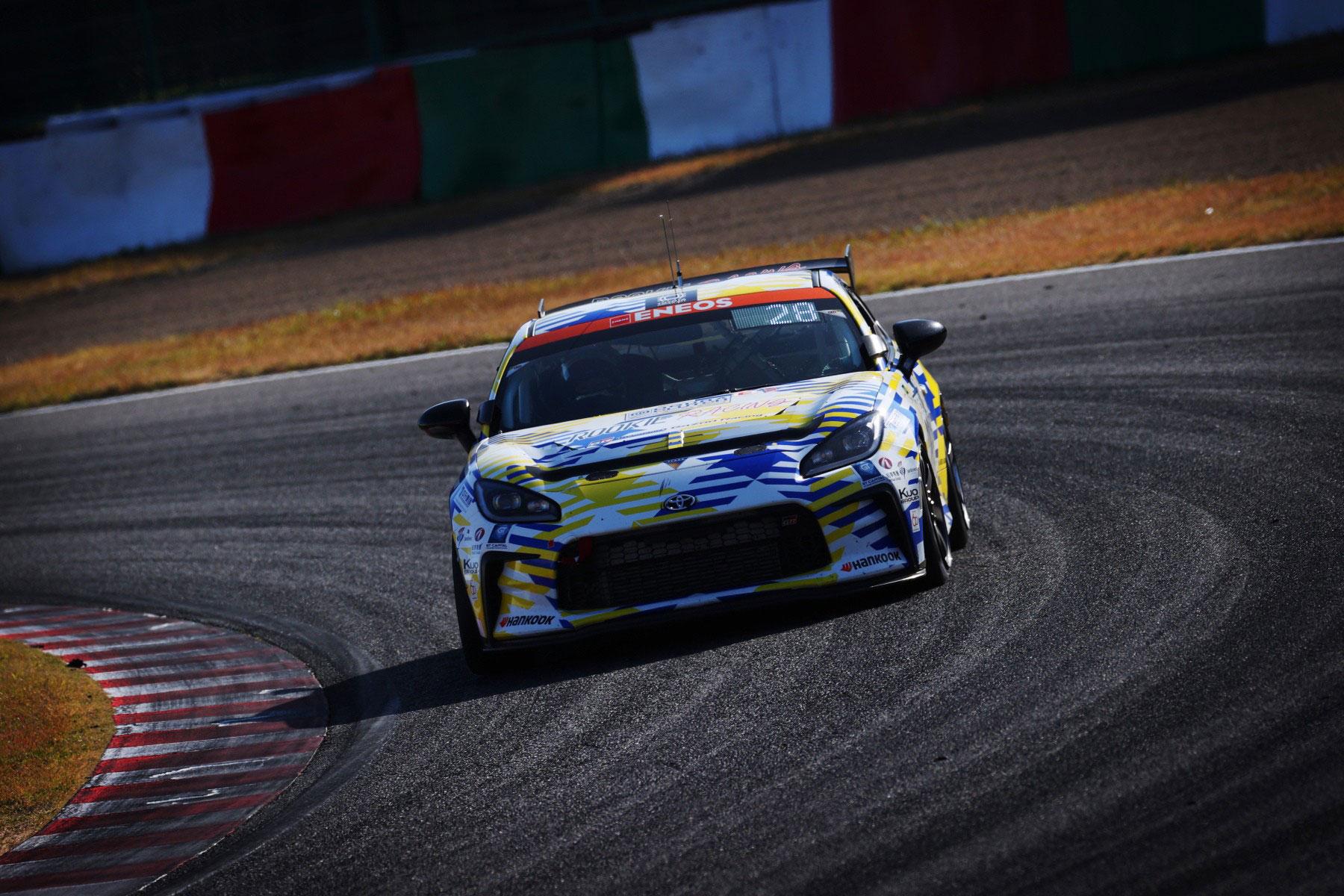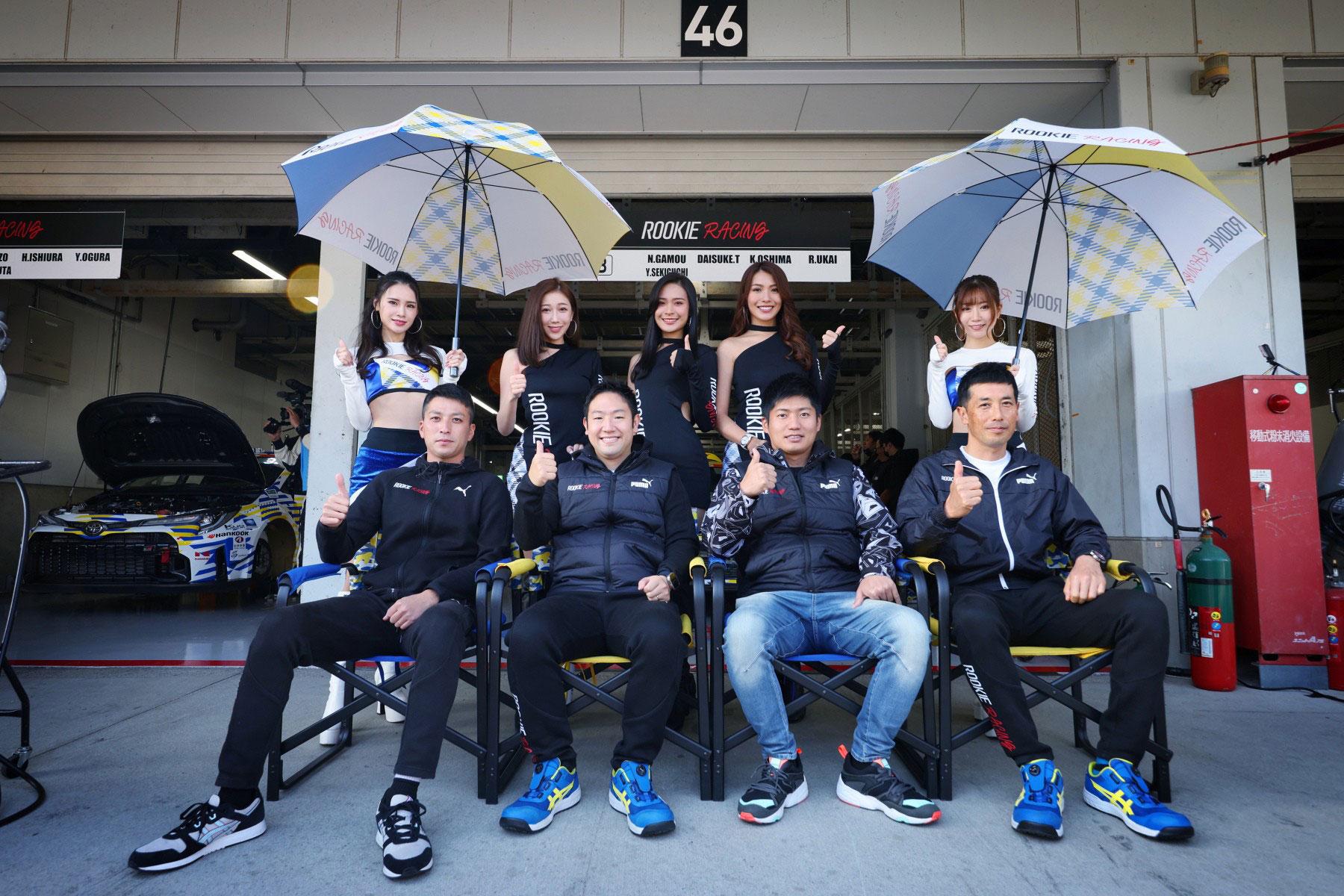
To increase options for carbon neutrality and what form the next model should take, the GR86 is competing in the Super Taikyu Series. What was the ideal form seen in this season's competition?

This is part 2 of our summary covering the 2022 Super Taikyu Series. This time we are focusing on the GR86, which runs on carbon-neutral synthetic fuel, and will report on its evolution over the past year.
Partners “using” carbon-neutral synthetic fuel have become good rivals
In addition to Mazda 2, which joined in the final round of the 2021 season, the Subaru BRZ team joined from the opening round of the 2022 season. These teams, while being partners who are increasing options for carbon neutrality, are also rivals who bring excitement to the races.

The GR86 and BRZ compete in the same ST-Q class as the hydrogen-powered Corolla. They are not competing simply on speed but staying in the race to discover and develop the next production car model.
The GR86 has a 1.4L turbo engine that was developed based on the GR Yaris engine. The BRZ competed with the same NA (naturally aspirated) 2.4L horizontally opposed engine as the mass-produced model.
Since a turbo engine produces 1.7 times the displacement of a naturally aspirated engine (1.4L X 1.7 times = 2.4L), these two cars competed with the same engine displacement.
Aiming to be the best motorsports car that people can play around with
At round three of the series held at Sportsland Sugo in Murata Town, Miyagi Prefecture, Koji Sato, President of GAZOO Racing Company, explained why the GR86 is taking on the challenge of racing with a small displacement turbocharged engine, which is different from the current model.
Sato
Master driver Akio Toyoda is the 86’s biggest fan, and he is has high expectations for the joy that comes with cornering and operating the car. If there is a next model, we want to make it even more enjoyable than the current version.
To achieve that, we wanted to increase the car’s agility in response to steering, so we made the engine smaller and the front end lighter.
Doing this gives the car a completely different level of agility when turning the steering wheel. We created car No. 28 because we wondered what it would be like to have such an 86.

However, although we succeeded in lightening the front end, because we changed all the main specifications at the same time, there were issues with braking control, and the car became faster only under certain conditions.
That isn’t the kind of car the GR86 should be, and we want to make it a car that many people can enjoy. So, it should be able to break firmly and make turns in all kinds of situations.
We want to have the best motorsports car that as many people as possible can play around with. If that is true, then its lineage must be solid. So, if there is a subsequent model change, I would like to make it a model with very solid foundations.
The GR86 did not participate in the third-round race. Though it completed the previous two races, various technical issues requiring in-depth investigation emerged, and the team had been racing while applying temporary remedial measures.
However, the original purpose of race participation was to “train and refine people and cars in the field of motorsports.” So, the team decided it needed to thoroughly analyze the cause of the problems and implement necessary countermeasures.
The GR86 has been refined through competition with rivals. Over the course of the season, the car has evolved in every area, with its output and torque increasing by 12% and 17%, respectively, along with improvements in body rigidity, turning performance, and engine improvements for carbon-neutral fuel.
Tomoya Takahashi, General Manager of the GR Vehicle Development Div., summed up the 2022 season as follows.
Takahashi
We are committed to minimizing the lap time difference between professional and gentleman drivers*.
*Gentleman drivers are amateur team owners, sponsors, etc., who get behind the wheel and participate in races.
We don’t want a car that is fast for professionals but difficult for gentleman drivers to operate. We want a car that anyone can drive and still produce good times.
The time difference has gradually narrowed from the opening race at Suzuka to last month’s race at Okayama.
In fact, some gentleman drivers have commented that “the car is easier to drive now than it was at the start of the season” and “its handling has improved.”

